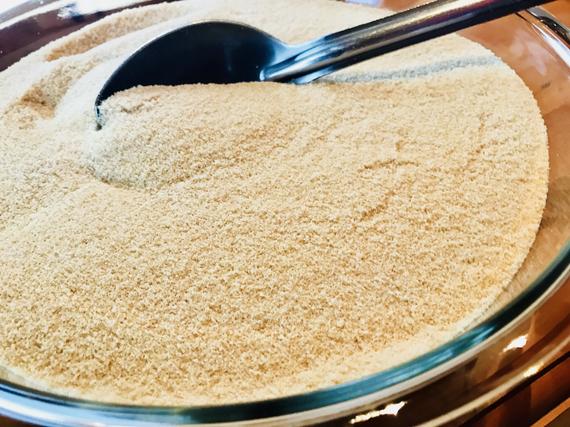Liu, Y.; Rose, K.N; DaSilva, N.A.; Johnson, S.L.; Seeram, N.P. Isolation, identification, and biological evaluation of phenolic compounds from a traditional North American confectionery, maple sugar. Journal of Agricultural and Food Chemistry, 2017, 65, 4289-4295.
Abstract
Maple sap, collected from the sugar maple (Acer saccharum) tree, is boiled to produce the popular plant-derived sweetener, maple syrup, which can then be further evaporated to yield a traditional North American confectionery, maple sugar. Although maple sap and maple syrup have been previously studied, the phytochemical constituents of maple sugar are unknown. Herein, 30 phenolic compounds, 1-30, primarily lignans, were isolated and identified (by HRESIMS and NMR) from maple sugar. The isolates included the phenylpropanoid-based lignan tetramers (erythro,erythro)-4″,4‴-dihydroxy-3,3′,3″,3‴,5,5′-hexamethoxy-7,9′;7′,9-diepoxy-4,8″;4′,8‴-bisoxy-8,8′-dineolignan-7″,7‴,9″,9‴-tetraol, 29, and (threo,erythro)-4″,4‴-dihydroxy-3,3′,3″,3‴,5,5′-hexamethoxy-7,9′;7′,9-diepoxy-4,8″;4′,8‴-bisoxy-8,8′-dineolignan-7″,7‴,9″,9‴-tetraol, 30, neither of which have been identified from maple sap or maple syrup before. Twenty of the isolates (selected on the basis of sample quantity available) were evaluated for their potential biological effects against lipopolysaccharide-induced inflammation in BV-2 microglia in vitro and juglone-induced oxidative stress in Caenorhabditis elegans in vivo. The current study increases scientific knowledge of possible bioactive compounds present in maple-derived foods including maple sugar.


